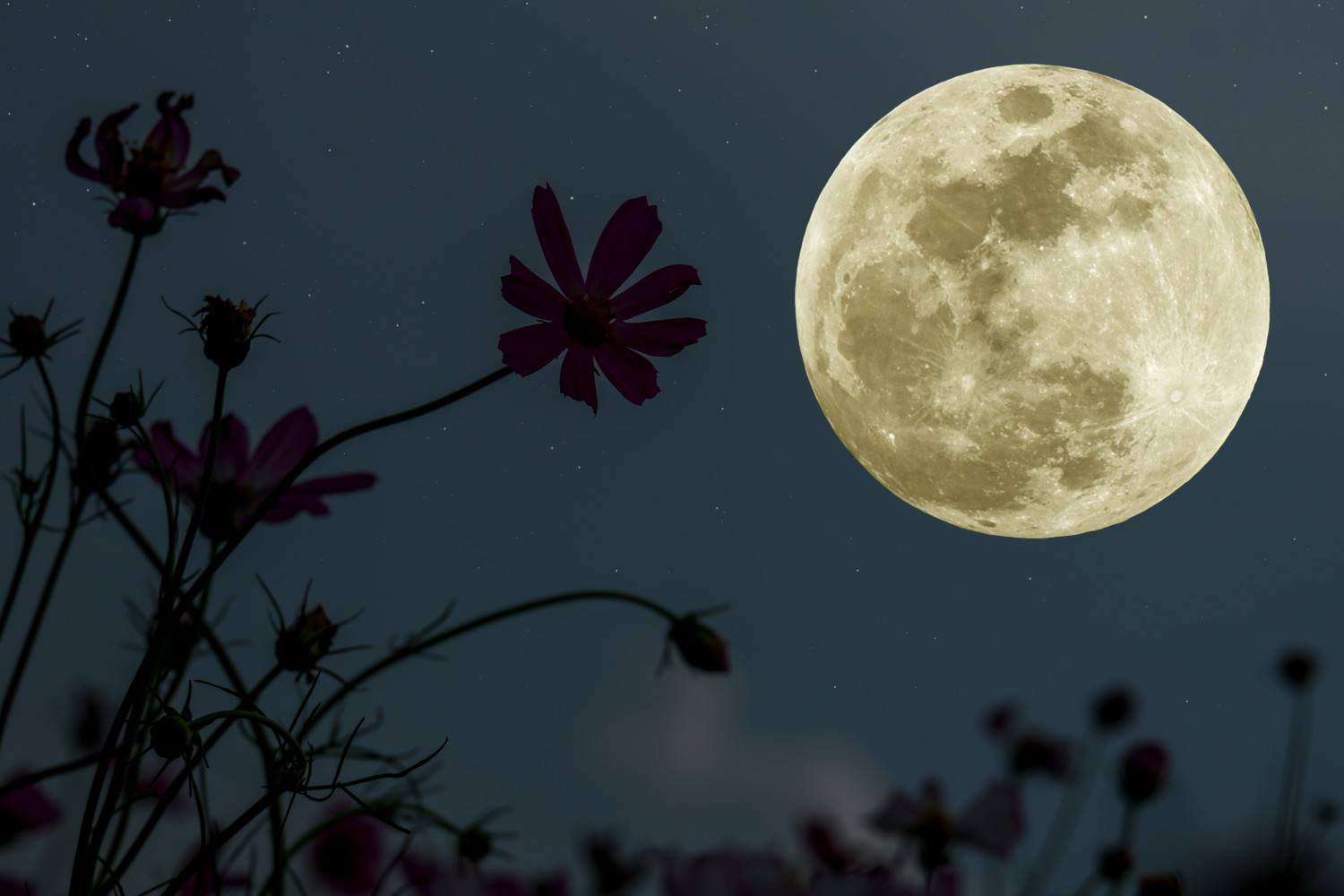The new year is in full swing, and the first full moon of 2023 will officially occur on Jan. 6 at 6:08 p.m. EST, according to the U.S. Naval Observatory.
Even if you can’t see the moon at that time, it will still appear full the night before and the night after, on Jan. 5 and 7.
Each full moon throughout the year has a unique name, and January’s full moon is known as the Wolf Moon.
The name originates from Native American or Anglo-Saxon sources, according to the BBC, to mark the time of year that wolves were at their loudest.
Names for the monthly full moons may differ from tribe to tribe. January’s full moon has also been called the Cold Moon and Freeze Moon, referring to the temperatures of the season.
The Full Wolf Moon is simply the first of many impressive lunar events in 2023.

The next winter full moon, the Snow Moon, will appear on Feb. 5, followed by the full Worm Moon in March and the full Pink Moon in April.
That last full moon name, surprisingly, has nothing to do with the moon’s color.
13 Full Moons In 2023 Means A Rare Blue Moon
A typical year brings 12 full moons in a year. That’s because a complete moon cycle takes roughly 29.5 days, so we get one full moon per month most years.
However, this year is unique because we’ll be able to see 13 full moons, with two full moons occurring in August.
The rare second full moon in August is called a Blue Moon, but like the Pink Moon mentioned before, it has nothing to do with the moon’s color.
The January Full Moon Is Also A Micromoon
January’s full moon in 2023 is also a micromoon, which is the opposite of a supermoon.
A micromoon happens when the full moon is at its farthest point from the Earth, or at its apogee. January’s micromoon is about 252,600 miles from the Earth; its closest distance is about 226,000 miles.
Micromoons appear slightly smaller than a typical full moon, and this will be exaggerated by the fact that January’s full moon will appear higher in the sky.
For most northern latitudes, the moon will be about 70 to 80 degrees from the horizon, and in southern latitudes, the moon will almost be straight overhead.

Throughout 2023, we’ll have plenty more reasons to look up, including a number of meteor showers, two solar eclipses, one of which will be visible in parts of the U.S., and more.
Follow Meteorologist Jason Meyers on Twitter or watch one of his entertaining and educational YouTube videos.
This story originally appeared on Simplemost. Check out Simplemost for additional stories.


